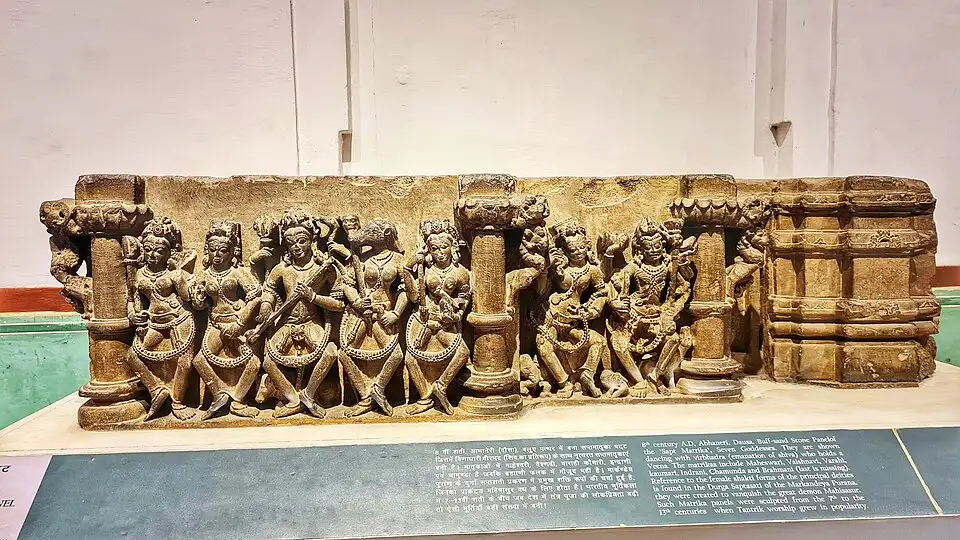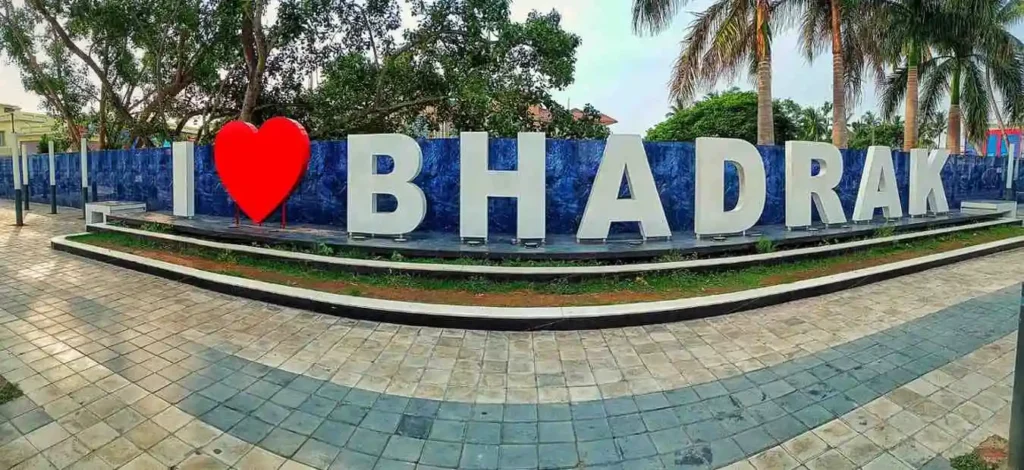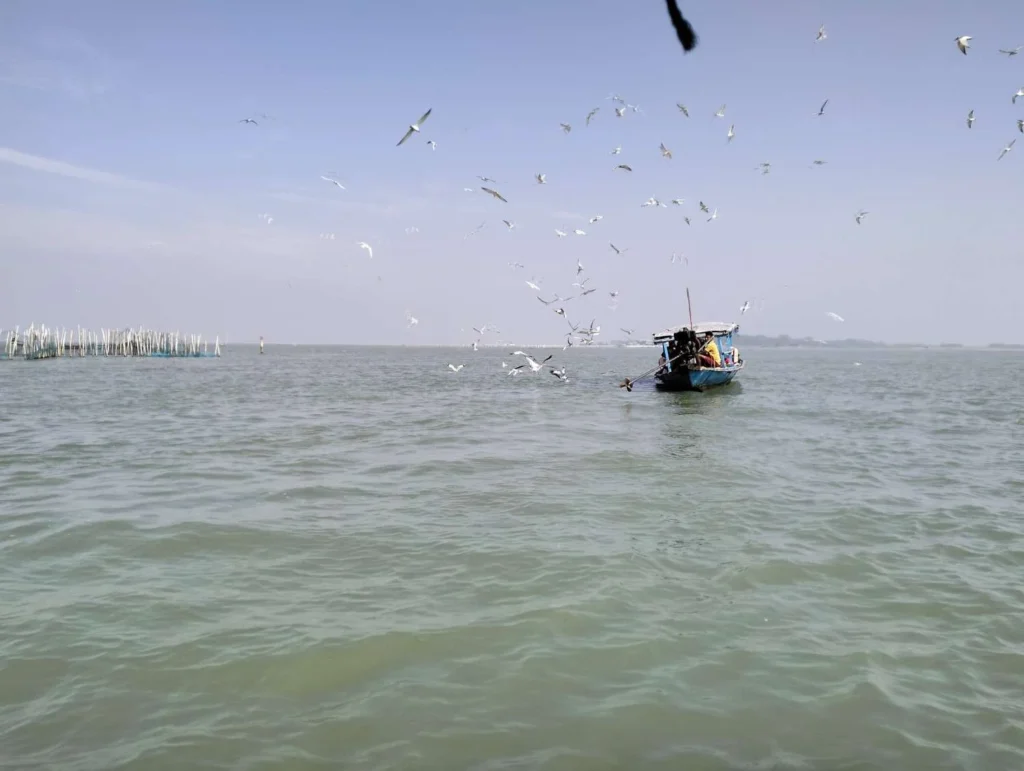
Table of Contents
Introduction – Understanding the Sapta Matrikas
Firstly, when we think of India’s rich spiritual and cultural tapestry, the concept of Sapta Matrikas—the Seven Divine Mothers—stands as one of the most profound. Moreover, these goddesses, revered as manifestations of Shakti, represent the energies of powerful deities like Brahma, Vishnu, Shiva, Indra, Kumara, Varaha, and Yama.
In particular, in Odisha, their worship finds deep roots in temples, sacred texts, and artistic expressions, linking spiritual devotion with the region’s cultural identity. Therefore, let’s explore who these divine mothers are, their legends, and why Odisha continues to celebrate their legacy.The Origin of Sapta Matrikas – Legends and Beliefs
According to the Isanasivagurudevapaddhati, the Sapta Matrikas emerged during Lord Shiva’s battle with Andhakasura. Specifically, every drop of the demon’s blood created new demons, making the fight endless. Consequently, to counter this, Shiva created Yogesvari, and other deities contributed their energies, giving rise to the seven divine mothers who helped defeat Andhakasura.
On the other hand, other scriptures narrate different stories. For instance, the Suprabhedagama says Brahma created them to kill Nirrita, whereas the Varaha Purana describes them as embodiments of human vices, thus reminding devotees to overcome negative qualities.The Seven Divine Mothers – A Closer Look
Brahmani – The Creative Force
- Yellow in complexion, seated on a lotus.
- Carries a kamandalu and akshamala.
- Represents wisdom and creativity.
Vaishnavi – The Preserver’s Power
- Dark in complexion, holding chakra and shankha.
- Associated with Garuda as her vehicle.
- Embodies protection and sustenance.
Indrani – The Goddess of Power
- Red-hued, with Vajra and Sakti in her hands.
- Symbolizes valor and authority.
Mahesvari – The Fierce Protector
- White in complexion, with Trishula in hand.
- Rides Nandi (the bull).
- Signifies strength and divine justice.
Kaumari – The Warrior Maiden
- Yellow in complexion, riding a peacock.
- Carries spear and rooster.
- Represents courage and martial strength.
Varahi – The Boar-Faced Goddess
- Dark-skinned, human body with a boar’s face.
- Wields plough (hala) and spear (sakti).
- Embodiment of agriculture, fertility, and fierce protection.
Chamunda – The Destroyer of Evil
- Terrifying form, with skull garland and emaciated body.
- Slayer of demons Chanda and Munda.
- Represents both destruction and fertility.
Sapta Matrikas in Odisha – Temples and Sculptures
Indeed, Odisha is a treasure trove of Sapta Matrika worship. Temples and sculptures across the state clearly reflect their importance:
- For example, Parasuramesvara Temple (Bhubaneswar, 7th century) – Features early group of Sapta Matrikas with Ganesa and Virabhadra.
- Moreover, Muktesvara Temple (Bhubaneswar) – Beautiful carvings of the Matrikas in the lotus ceiling of the Jagamohana.
- Additionally, Vaital Deula (Bhubaneswar) – Houses a prominent group with Chamunda as the presiding deity.
- Furthermore, Odisha State Museum – Preserves sculptures of Vaishnavi, Varahi, Indrani, and Chamunda.
Cultural and Religious Significance
Indeed, the worship of the Sapta Matrikas dates back to the Indus Valley Civilization, thereby demonstrating how ancient and pan-Indian this tradition is. In addition, in Odisha, their presence in temples reflects the blending of Shaivism, Shaktism, and even Tantric Buddhism. Consequently, these practices highlight the enduring cultural and spiritual significance of the Matrikas.
Moreover, their symbolism extends beyond religion. They embody virtues and vices, power and protection, thus reminding devotees of life’s balance between creation and destruction. Furthermore, their presence in art and literature continues to inspire devotees and scholars alike.People Also Ask – Your Questions Answered
1. Who are the Sapta Matrikas?
2. What is the significance of Sapta Matrikas in Odisha?
3. Which temple in Odisha has the oldest Sapta Matrika sculptures?
4. Are Sapta Matrikas mentioned in Vedic texts?
5. What do Sapta Matrikas symbolize spiritually?
Conclusion
Indeed, the Sapta Matrikas are not just goddesses of myth and worship; rather, they are the guardians of balance in the universe, and are deeply tied to Odisha’s sacred heritage. Moreover, visiting their temples is like stepping into history, where divine energy meets artistic brilliance.
Therefore, if you are spiritually inclined or a traveler seeking Odisha’s hidden gems, make sure to explore the Sapta Matrika Temples—they will undoubtedly leave you inspired and connected to India’s divine traditions.

